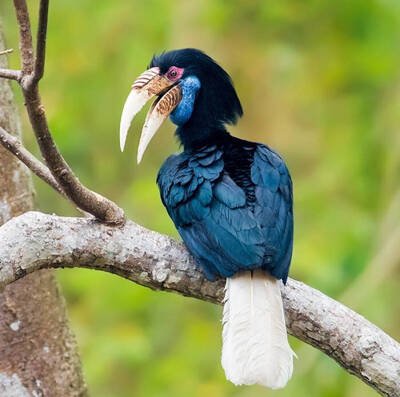
Aceros undulatus
Aceros undulatus,Rhyticeros undulatus,wreathed hornbill,Bar-pouched wreathed hornbill
The wreathed hornbill is called wreathed hornbill in foreign language, and h···
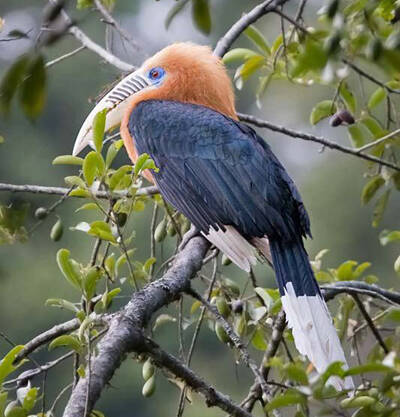
Aceros nipalensis
Rufous-necked Hornbill,Aceros nipalensis,rufous-necked hornbill
Rufous-necked hornbill is a large bird with no subspecies.Rufous-necked horn···
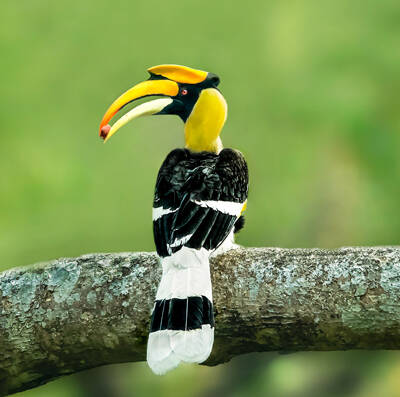
Buceros bicornis
Rodentia, Sciuridae, Flying Squirrel,Buceros bicornis,Great Hornbill
Great Hornbill has two subspecies.Great Hornbill often moves alone during th···
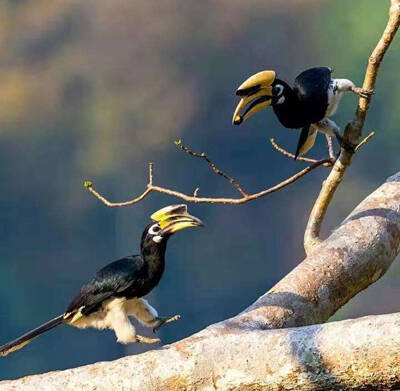
Anthracoceros coronatus
Anthracoceros coronatus,Malabar pied hornbill,Crowned Hornbill, Airplane Bird
The Malabar pied hornbill is called Malabar pied hornbill in English, and ha···
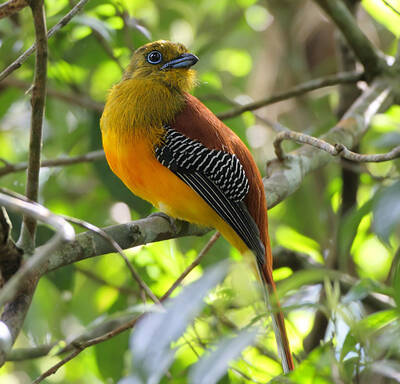
Harpactes oreskios
Harpactes oreskios,Orange-breasted Trogon
Orange-breasted Trogon, also known as Orange-breasted Trogon, has 5 subspeci···
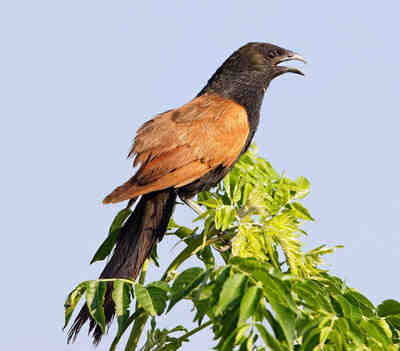
Centropus bengalensis
Centropus bengalensis,Lesser Coucal,Little Chicken,Little Crow Pheasant,Little Pheasant Cock,Little Wasp
Lesser Coucal is a medium-sized bird with three subspecies.Lesser Coucal is ···
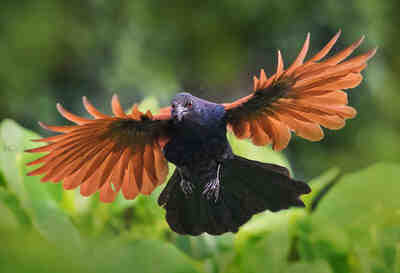
Centropus sinensis
Centropus sinensis,Big hairy chicken, hairy chicken, red hairy chicken, red pheasant, wasp, green knot chicken, Luogu
The Greater Coucal is a medium-sized bird with 6 subspecies.The Greater Couc···
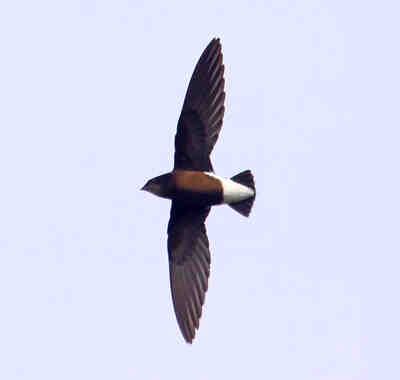
Hirundapus cochinchinensis
Hirundapus cochinchinensis,Silver-backed Needletail
Grey-throated Needle-tailed Swift often flies in open areas and over forests···
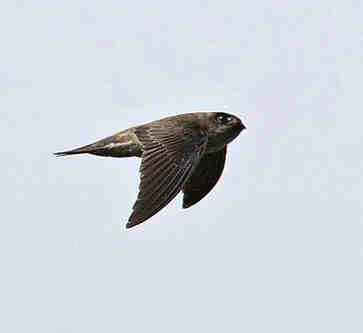
Aerodramus fuciphagus
Aerodramus fuciphagus,Edible-nest Swiftlet
The Java Swiftlet is called Edible-nest Swiftlet in English, and has 8 subsp···
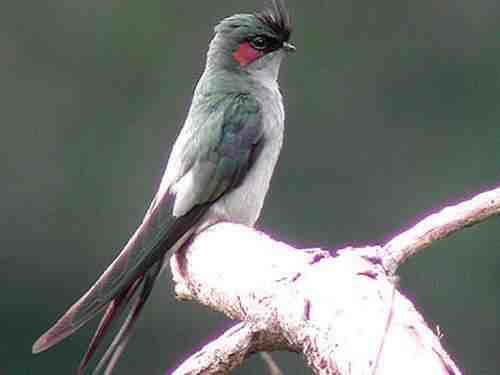
Hemiprocne coronata
Hemiprocne coronata,Crested Treeswift,Crested Tree Swift
The Crested Treeswift is called Crested Treeswift in English. There are 6 su···
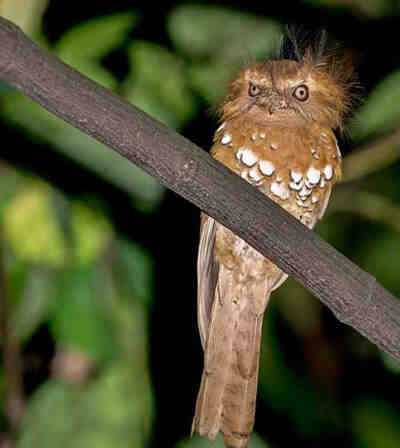
Batrachostomus hodgsoni
Batrachostomus hodgsoni,Hodgson's Frogmouth,Black-crowned Frogmouth, Black-crowned Frogmouth
The Black-capped Frogmouth Nightjar, also known as Hodgson’s Frogmouth in f···
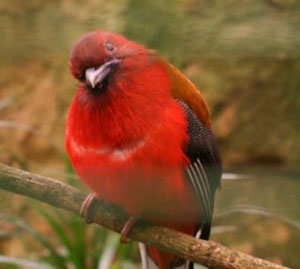
Harpactes erythrocephalus
Red Pigeon,Harpactes erythrocephalus,Red-headed Trogon
Red-headed Trogons are mostly single or in pairs; they live in trees, either···
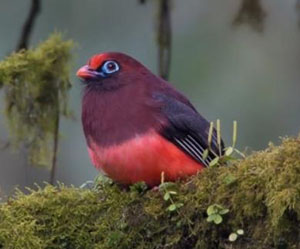
Harpactes wardi
Harpactes wardi,Ward's Trogon
The red-bellied trogon is a crimson and dark chestnut trogon. It has an oran···
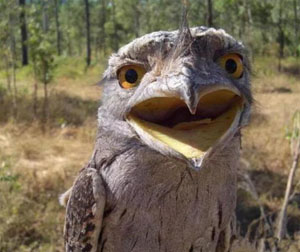
Batrachostomus hodgsoni
Batrachostomus hodgsoni,Black-capped Frogmouth, Black-capped Frogmouth, Old Fearful,Batrachostomus hodgsoni hodgsoni
The body shape of the Black-capped Frogmouth is similar to that of a nightha···
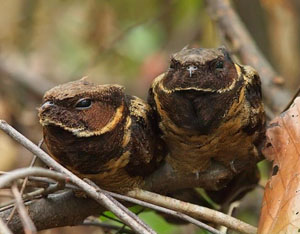
Lyncornis macrotis
Lyncornis macrotis,Eurostopodus macrotis
The hairy-legged nightjar is a medium-sized bird of the family Viperidae and···
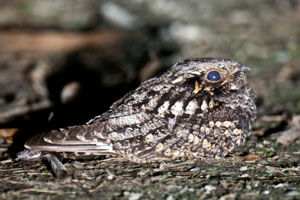
Caprimulgus indicus
Caprimulgus indicus,Jungle Nightjar,Nighthawk, mosquito-bird, bark-sticking bird, ghost bird, night swallow
Common nighthawk is a resident bird in Tibet, China, and a summer migratory ···
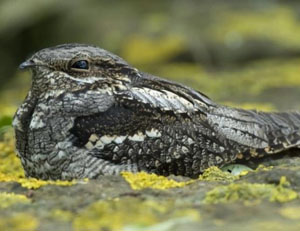
Caprimulgus europaeus
European Nightjar, Eurasian Nightjar,Caprimulgus europaeus,Eurasian Nightjar
The European Nightjar was formerly known as the goatsucker because farmers b···
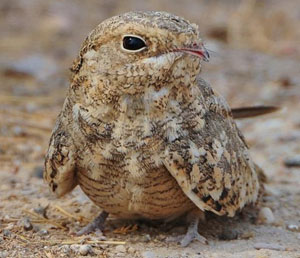
Caprimulgus aegyptius
Mosquitobird,Caprimulgus aegyptius,Egyptian Nightjar
The Egyptian Nightjar is a small bird of the family Viperidae and the genus ···
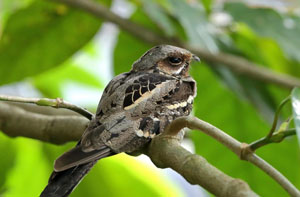
Caprimulgus macrurus
Sticking bark, mosquito-bird,Caprimulgus macrurus,Large-tailed Nightjar
The long-tailed nighthawk lives in evergreen broad-leaved forests, shrubs, s···
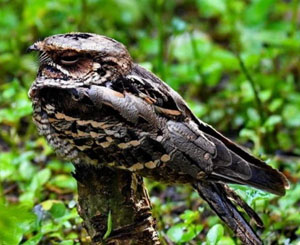
Caprimulgus affinis
Nighthawk, bark-sticking, mosquito-bird,Savannah Nightjar,Allied Nightjar
The nighthawk is a small bird of the family Noctilucentidae. Its upper body ···
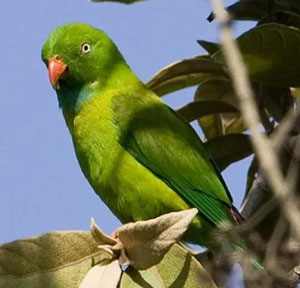
Short-tailed Parrot
Vernal hanging parrot, Indian parrot
The short-tailed parrot is a typical climbing bird, with a small body and a ···
